The Toll of Developing for Vision Pro: What’s Happening Behind the Scenes
The Apple Vision Pro, a cutting-edge mixed-reality headset, has made significant waves in the tech industry with its impressive combination of augmented reality (AR) and virtual reality (VR) capabilities. But have you ever wondered about the process that goes into creating such an innovative piece of technology? In this article, we delve into the behind-the-scenes development of the Vision Pro to reveal what it truly takes to bring such a device to life.
Conceptualizing the Vision Pro
Every groundbreaking product starts with an idea. For Apple, the Vision Pro represented an opportunity to redefine the boundaries of mixed reality technology. The goal was to create a device that could seamlessly merge the digital world with the physical, offering users a highly immersive and transformative experience. Developing a concept that could live up to this vision required a deep understanding of user needs and a foresight of emerging trends in the AR/VR space.
Design and Engineering Challenges
Once the concept was solidified, the real work began. The design and engineering teams faced numerous challenges in making the Vision Pro a reality. One of the primary challenges was creating a device that was not only technologically advanced but also comfortable and user-friendly.
Integrating high-resolution displays, advanced sensors for eye and hand tracking, and spatial audio into a compact device was a monumental task. The device also needed to be lightweight and comfortable enough for prolonged use. This meant countless iterations and prototypes, extensive testing, and considerable investment in research and development.
Developing the Software
Hardware is just one side of the coin. The Vision Pro's mixed reality experience is powered by complex software that had to be developed simultaneously with the hardware. Creating an intuitive user interface, developing applications that could make full use of the AR and VR capabilities, and ensuring seamless integration with other Apple devices were all part of the software development process.
Moreover, the Vision Pro runs on Apple's M2 chip, which meant that the software had to be optimized for this specific hardware to ensure high performance and smooth operation.
Testing and Quality Assurance
Before the Vision Pro could be released to the public, rigorous testing and quality assurance checks were necessary. The device was tested extensively under various conditions to ensure that it met Apple's high standards for performance, reliability, and durability.
Testers used the device for extended periods to identify potential issues and pain points. Any issues found during this testing phase would be sent back to the design and engineering teams for resolution, adding more time and effort to the development process.
The Human Toll
While the technical challenges are significant, one must not overlook the human toll of developing a product like the Vision Pro. This includes countless hours of work from dedicated teams of designers, engineers, software developers, testers, and many others. The pressure to deliver a groundbreaking product within a tight timeframe can often lead to long hours and high-stress levels.
Conclusion
Developing a mixed-reality headset like the Vision Pro is a monumental task that requires a significant investment of time, effort, and resources. From the initial conceptualization to the final quality assurance checks, every step of the process involves overcoming challenges and pushing the boundaries of what's possible. While the end result is a revolutionary product that redefines the mixed reality experience, the journey to get there is anything but easy.



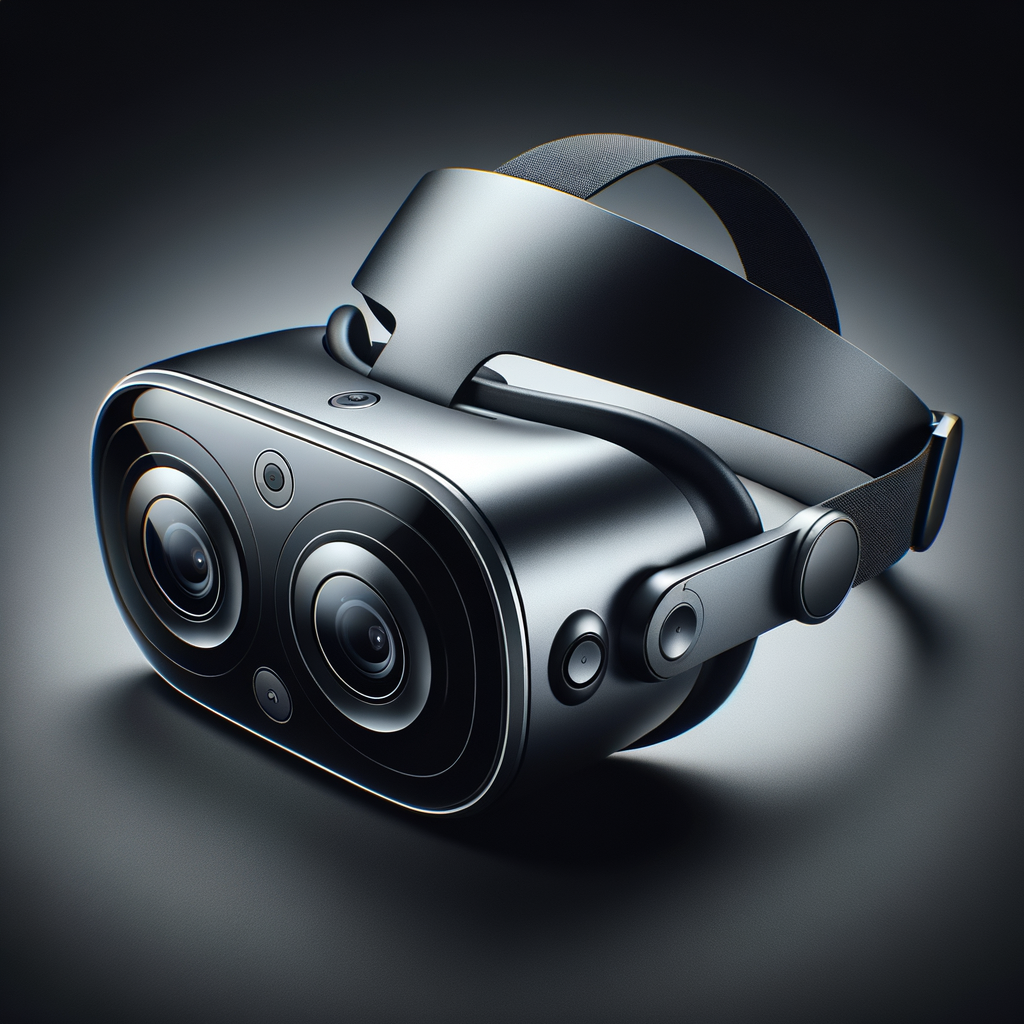
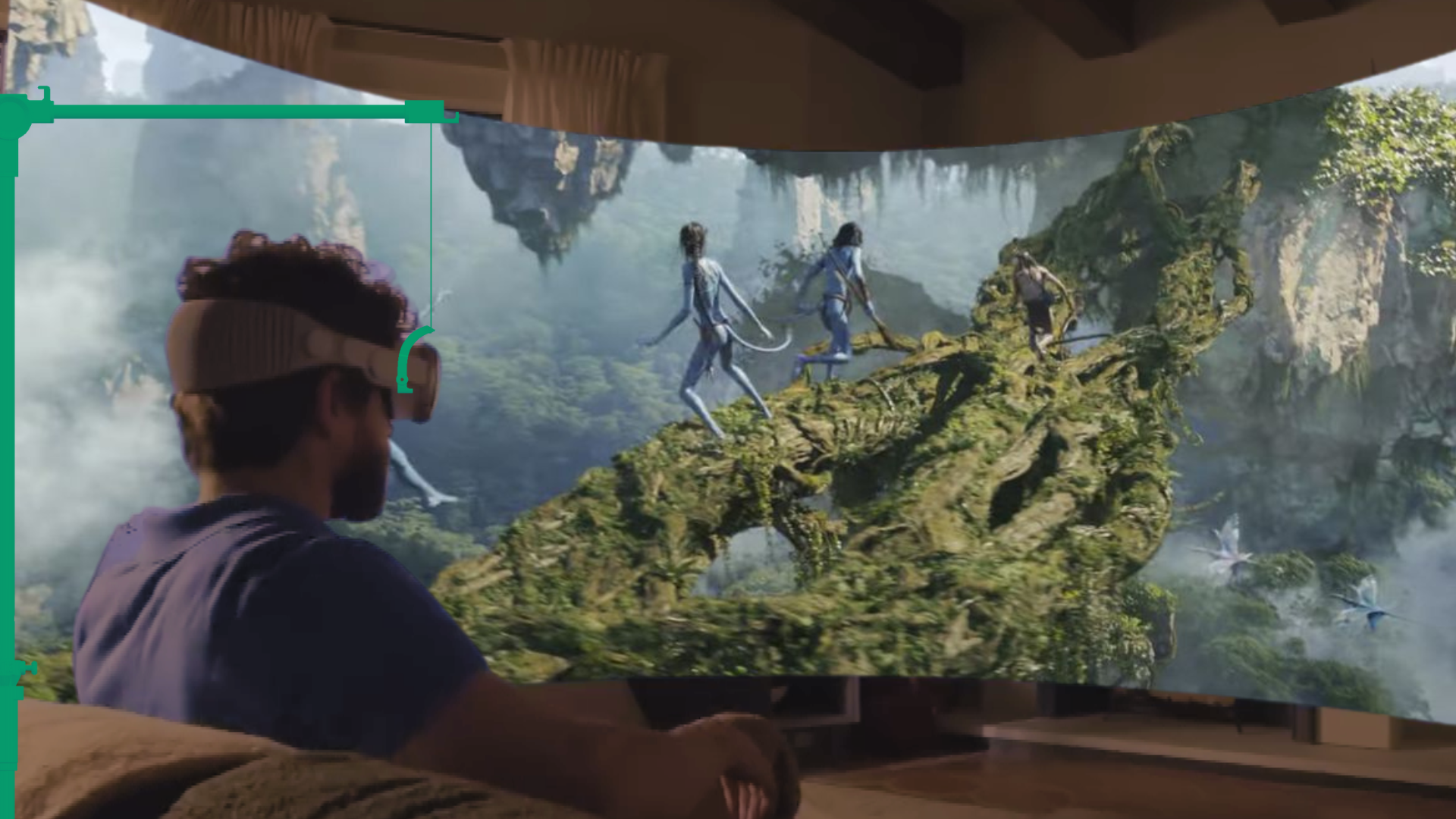
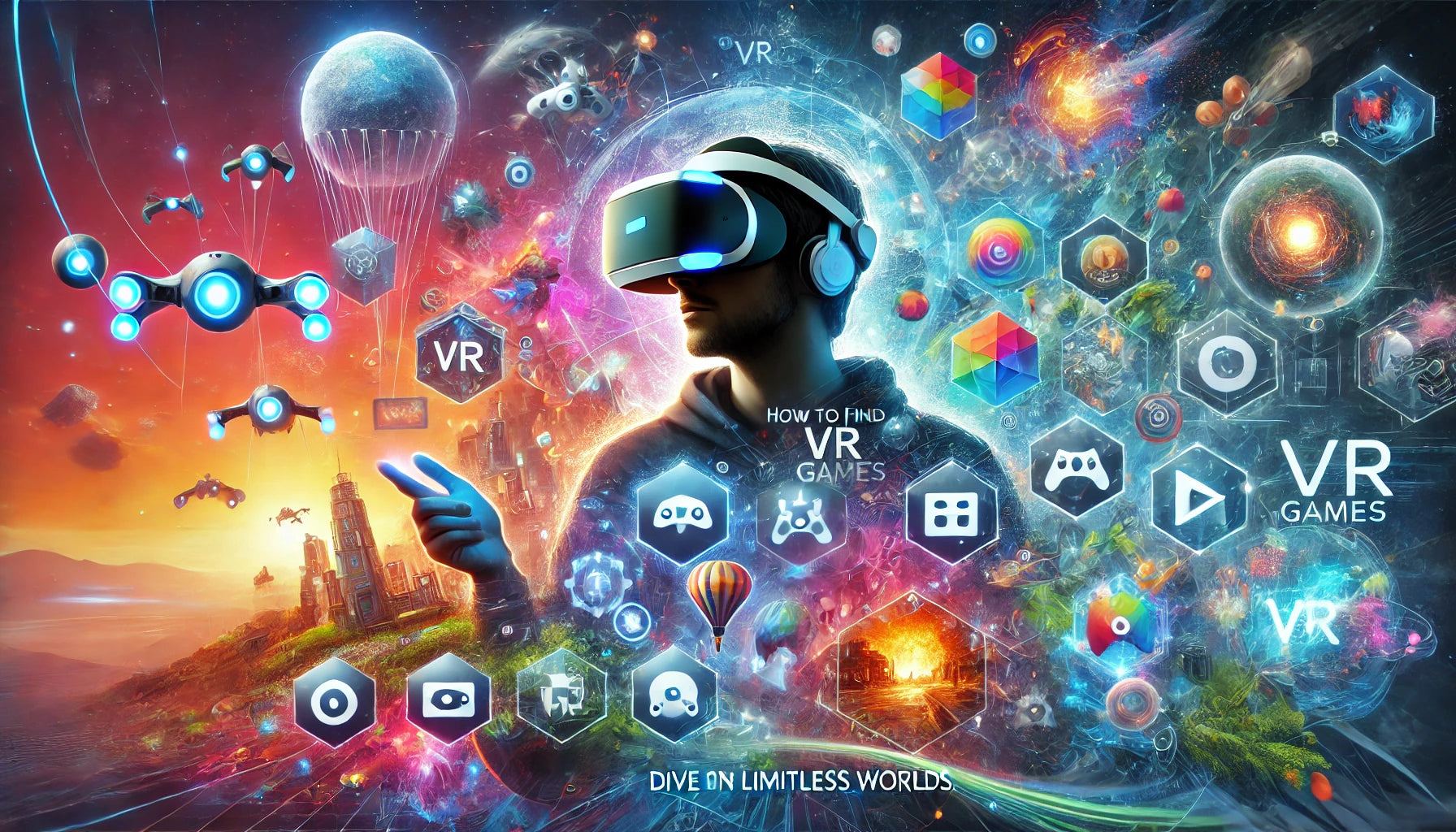
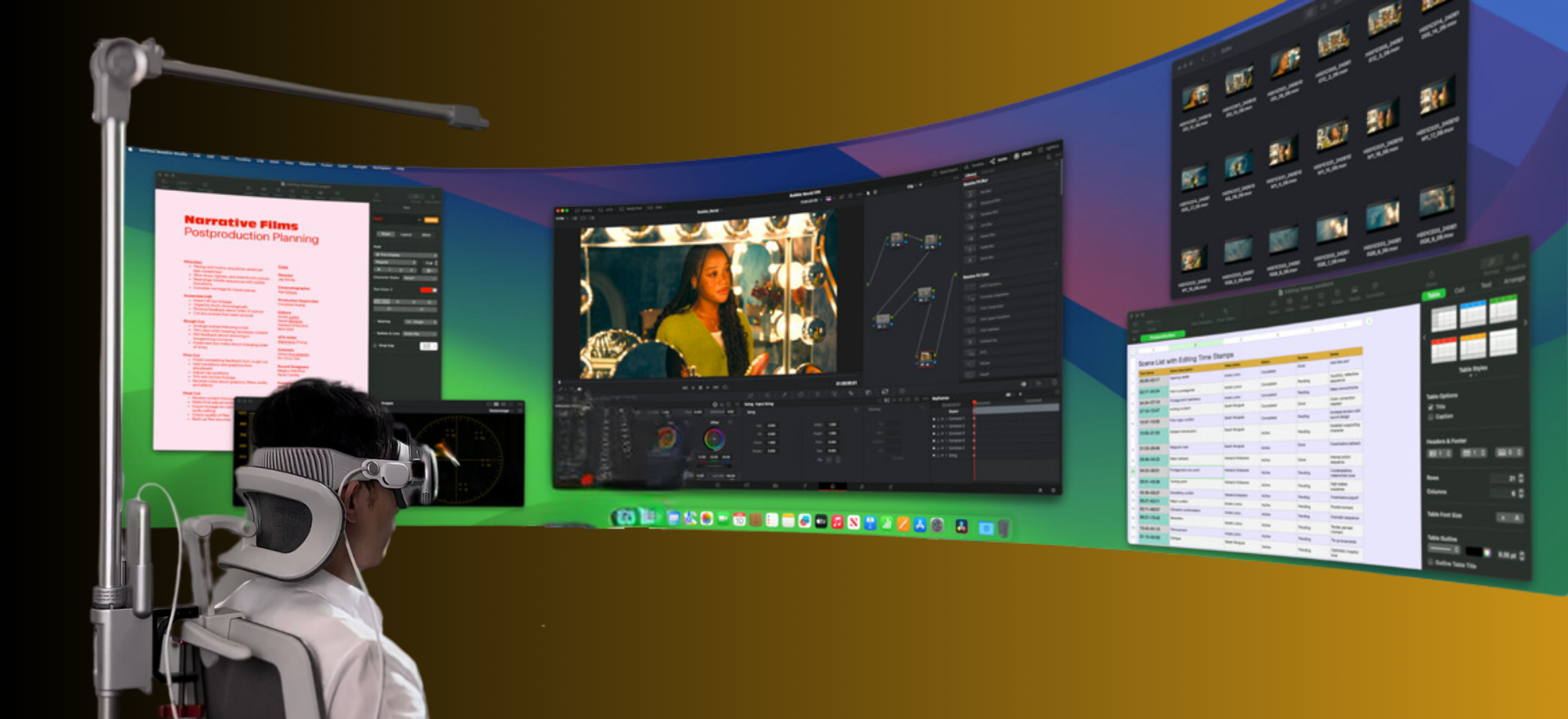
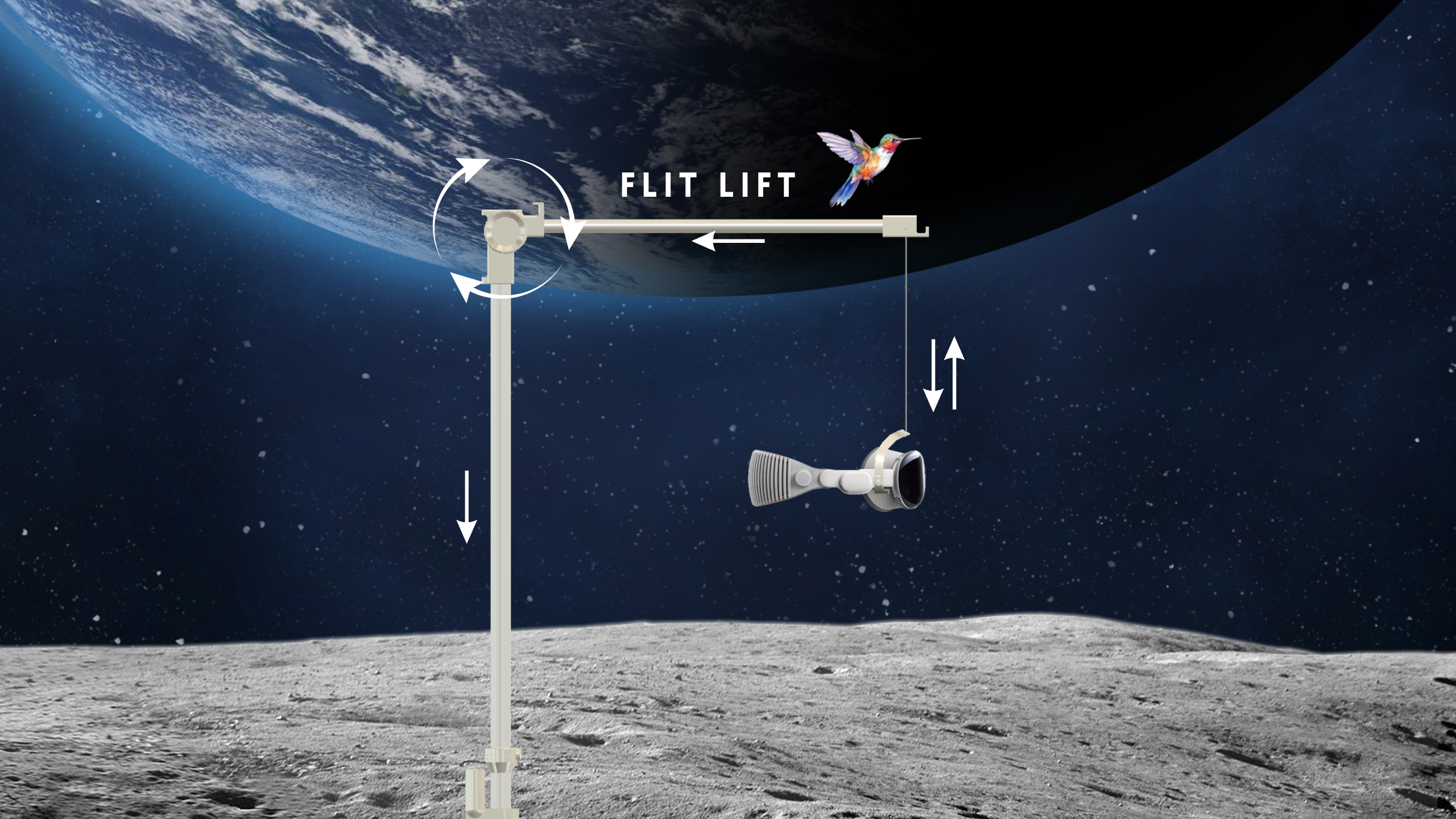

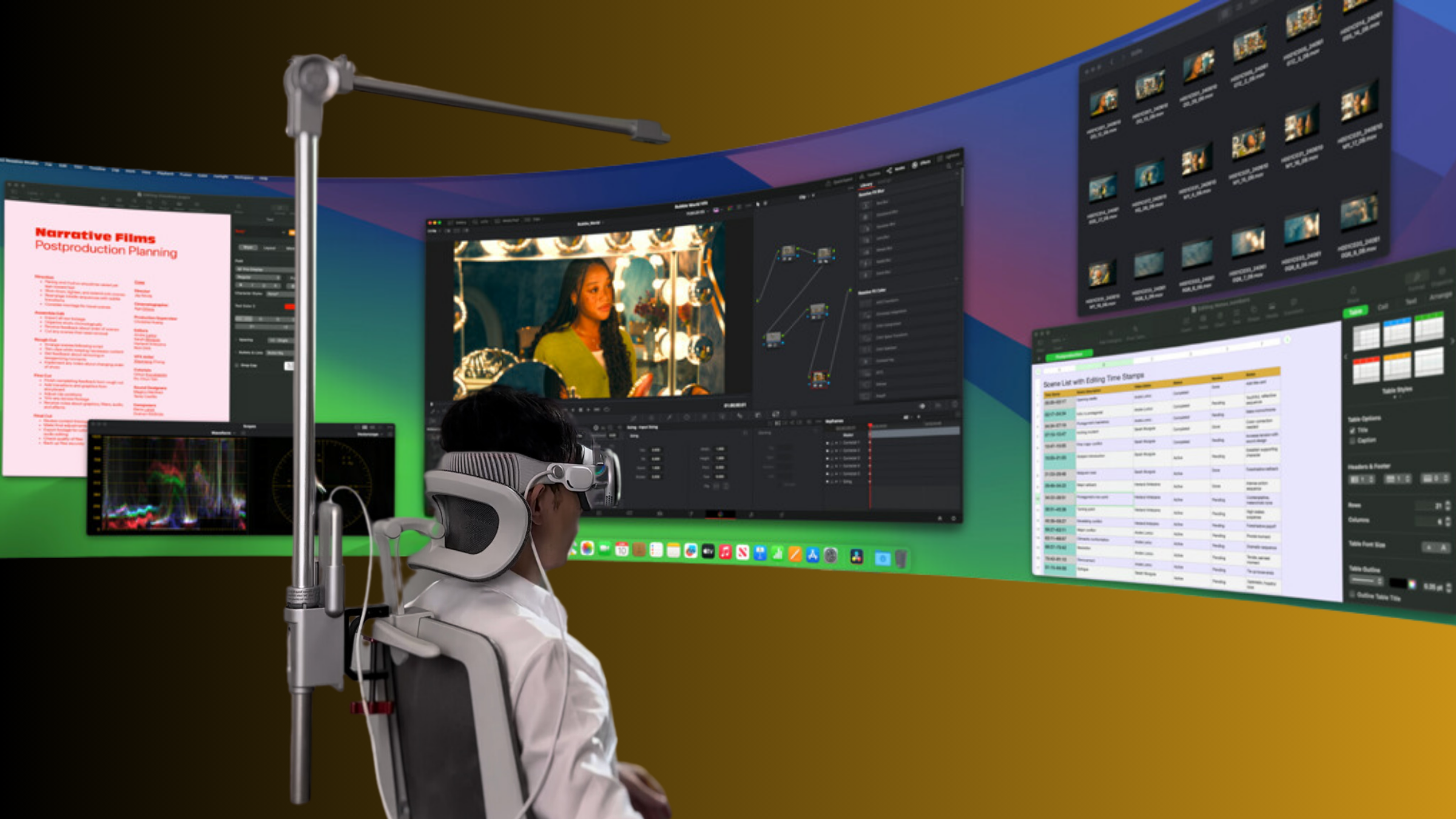

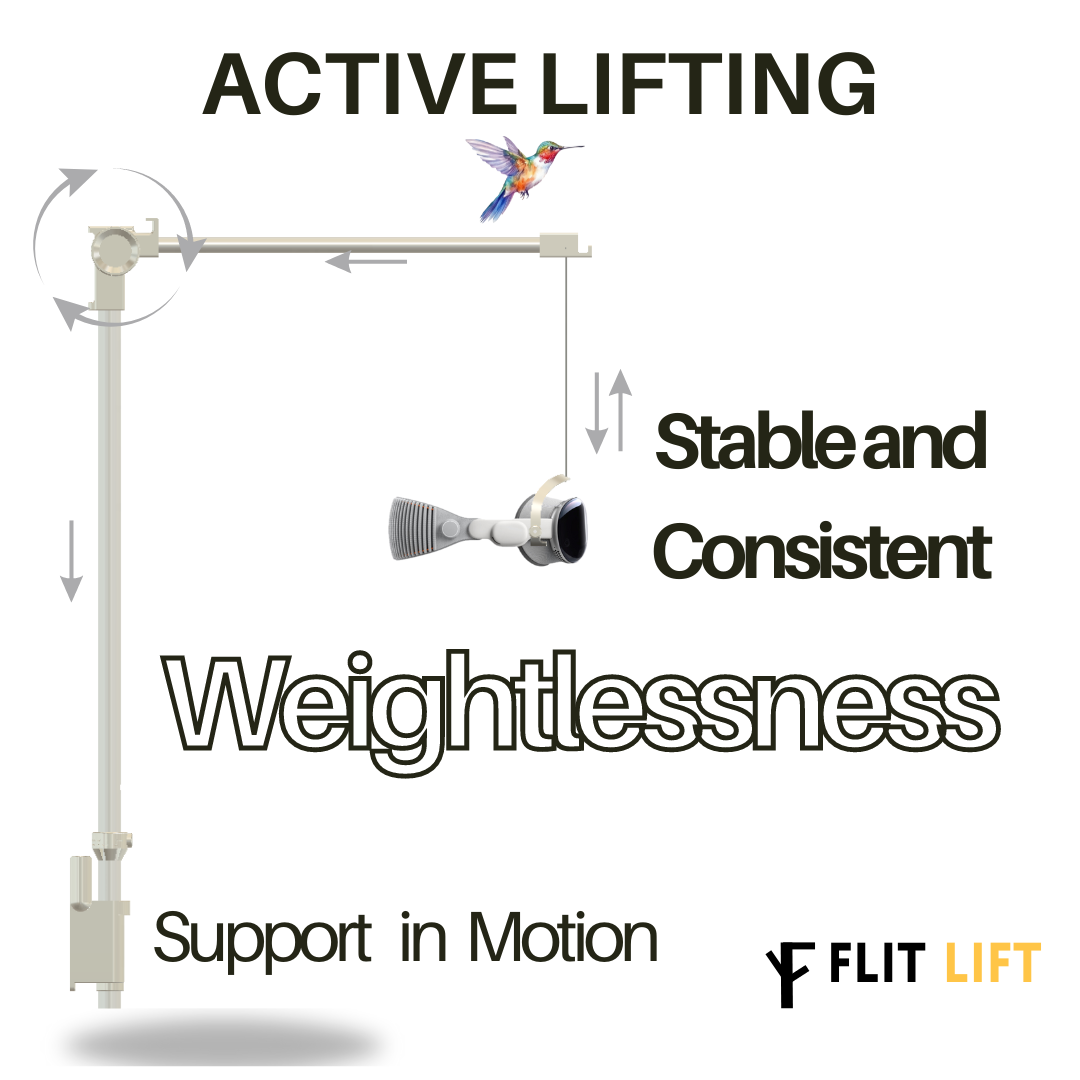
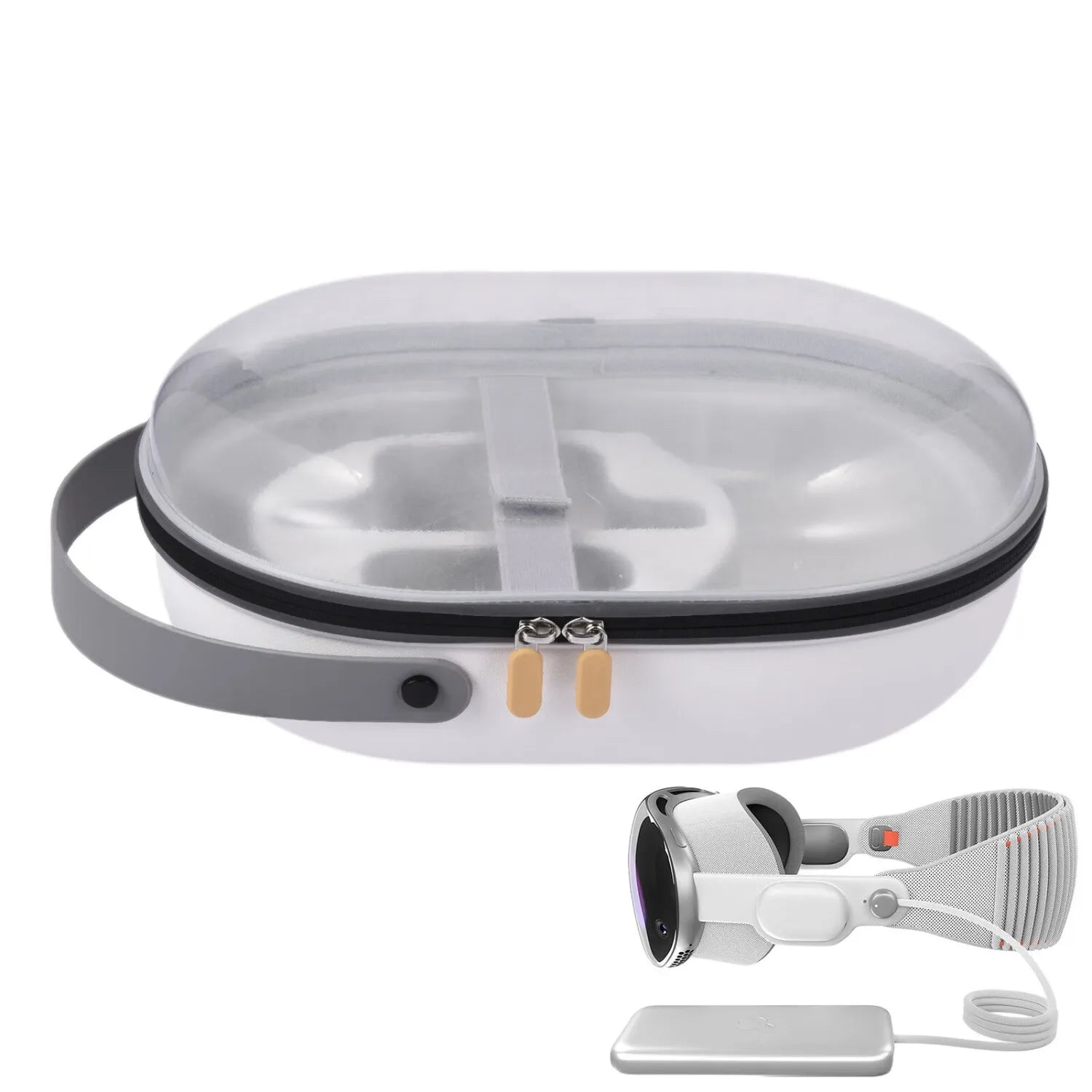

Share:
Vision Pro and the Growing Need for Mental Health Support in Tech
Why the Vision Pro Development Process is Leading to Developer Stress